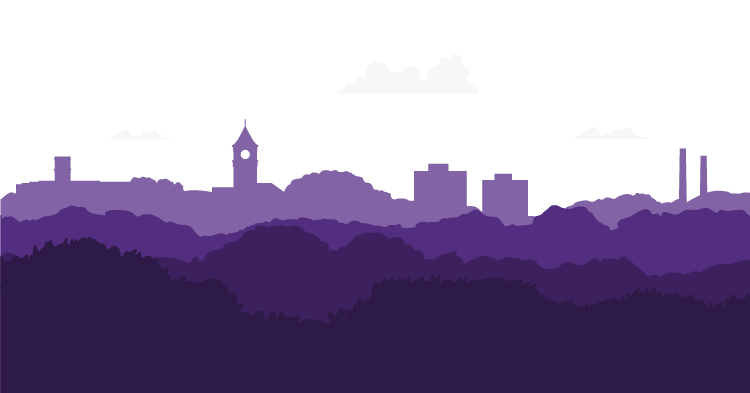- Experiment Station
- Extension
- Livestock Poultry Health
- Regulatory Services
- About
- South Carolina Water Resources Center
Oops! That link must be broken.
Report broken link.
If you reached this page by clicking a link, please report the broken link so we can update our website.
